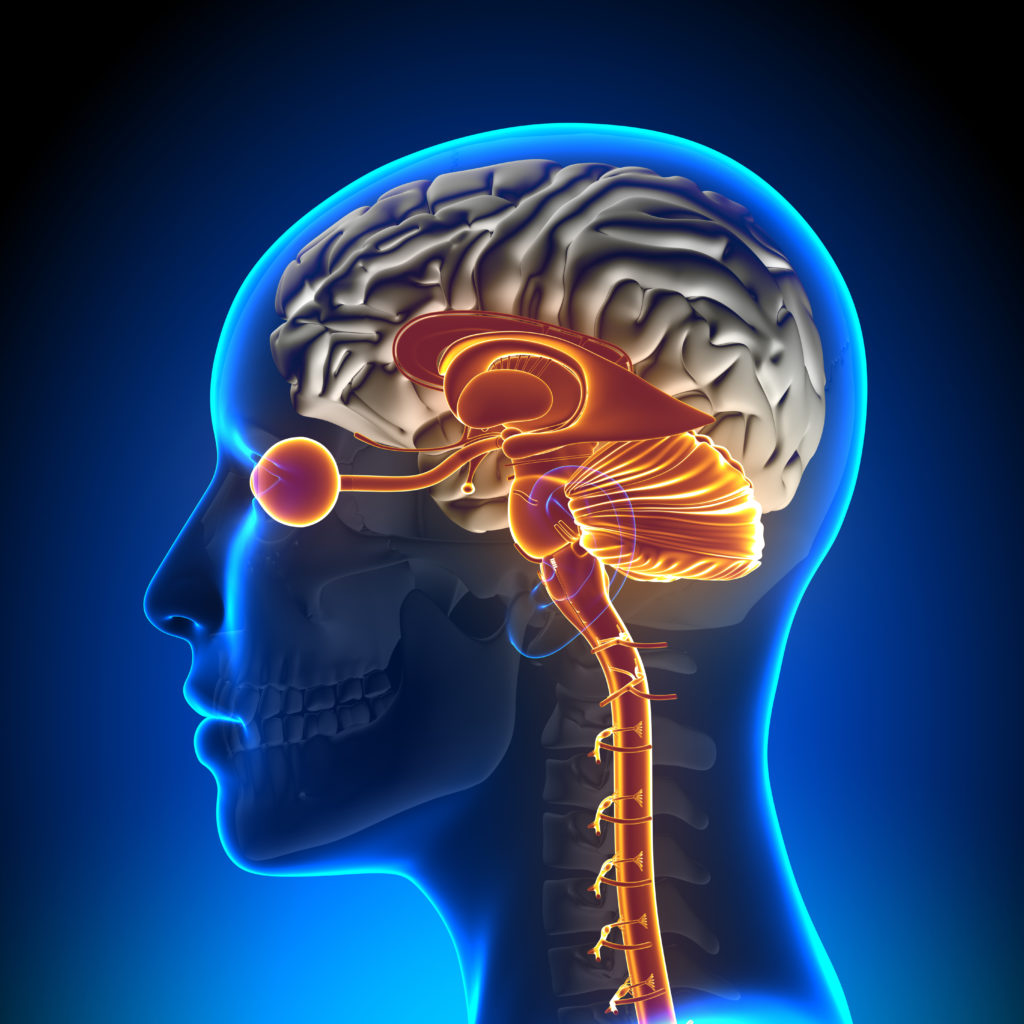Brainspotting

Brainspotting is an alternative therapy that uses spots in a person’s visual field to help in processing and alleviating trauma; it can support symptoms of anxiety, depression, grief, substance use disorders, and other symptoms (Grand, 2013 & Hildebrand et al., 2017).
Development of Brainspotting (BSP):
This type of therapy was discovered in the year 2003 by David Grand, Ph.D., as an advancement of his work in EMDR to support trauma. David Grand had observed a client getting "stuck" in one visual spot. While staying in this one spot, a therapist can observe greater processing of an event or trauma (Grand, 2013).
How does BSP work?
The therapist supports the client in identifying spots where trauma is connected or trapped in the subcortical brain allowing for release or deactivation. The Subcortical brain (amygdala) serves the function of motion, consciousness, emotions, and learning (Grand, 2013).
The Goal of BSP:
David Grand described these trauma spots as potential “stuckness” as “frozen maladaptive homeostasis.” Brainspotting accesses this maladaptive homeostasis and attempts to integrate this interrupted processing of the trauma (Grand, 2013).
The BSP session:
As the therapist guides you and validates your experience, BSP is self-directed at your own preferred pace.
The BSP session starts with relaxing breathing and possibly listening to bilateral sounds (music designed to move from one ear to the other) in headphones. After relaxation is achieved, the therapist supports the client in identifying trauma-activated spots. After the mindfulness state is achieved, the therapist will support you in identifying places in your body where you feel the most distress and rank it/them on a scale of one to ten, and the process starts (Grand, 2013).
Want to learn more?
Videos and Artilces of BSP:
Grand D. Brainspotting: The Revolutionary New Therapy for Rapid and Effective Change. Sounds True; 2013.
Hildebrand A, Grand D, Stemmler M. Brainspotting – the efficacy of a new therapy approach for the treatment of posttraumatic stress disorder in comparison to eye movement desensitization and reprocessing. Mediterranean Journal of Clinical Psychology. 2017;Vol 5:No 1 (2017). https://doi.org/10.6092/2282-1619/2017.5.1376
A client experience with BSP:
Trauma and the Brain: